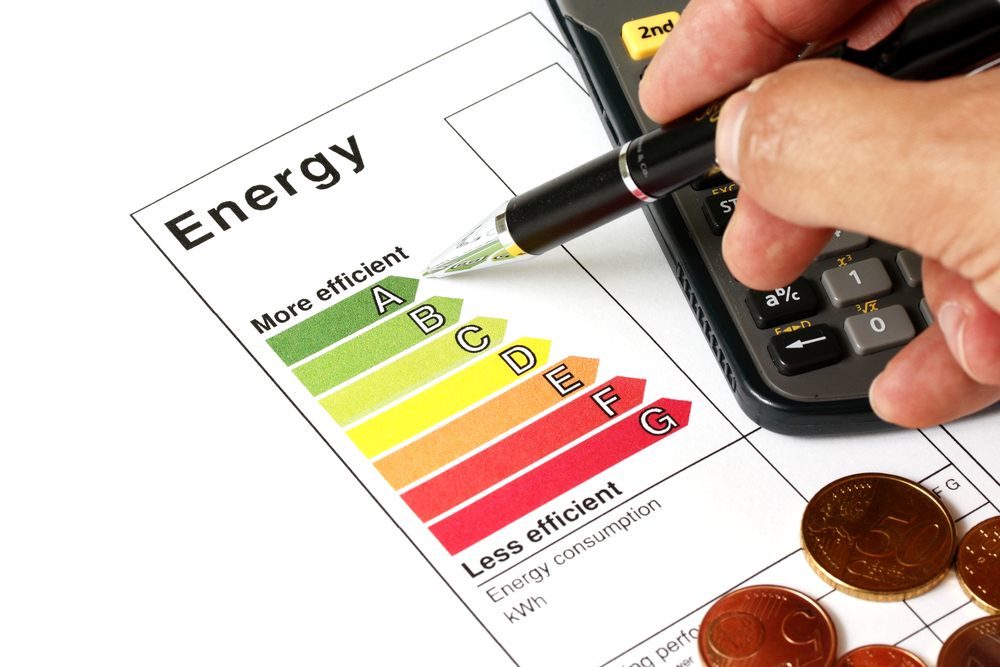 You know that improving your home’s energy efficiency is important, but with so many different ways you could go about doing that, it can be hard to know where to begin. Should you add insulation, get vinyl replacement windows, or buy an adjustable thermostat? All of these can help make your home more energy efficient, but are they things you really need to do? If you want to pinpoint the best steps to take to make your home more energy efficient, the best way to figure it out is by giving your home an energy audit.
You know that improving your home’s energy efficiency is important, but with so many different ways you could go about doing that, it can be hard to know where to begin. Should you add insulation, get vinyl replacement windows, or buy an adjustable thermostat? All of these can help make your home more energy efficient, but are they things you really need to do? If you want to pinpoint the best steps to take to make your home more energy efficient, the best way to figure it out is by giving your home an energy audit.
During a home energy audit, you inspect your home for things like drafts and evaluate your electricity usage. If you take steps to solve the problems found in your energy audit, you may be able to save between 5% and 30% on your energy bills.
One of the best ways to start your energy audit is by looking for drafts or air leaks. These most commonly occur in areas where openings are cut into walls or ceilings, such as around exterior doors, windows, electrical outlets, openings where phone or cable wiring enter the house, and skylights. Drafts also can happen around baseboards, mail slots in doors, and where a chimney meets the side of your house. To find these drafts, look for things like visible gaps and worn caulking or weatherstripping. You could also try (carefully) moving a lit candle along areas where drafts commonly form. If you see the flame flicker, you know you’ll have found a draft. Ideally, this should be done on a cool, windy day to make any existing drafts more evident. Things like worn caulk or weatherstripping can easily be fixed, but if your windows are simply old and not very energy efficient by nature, completely replacing them may be your best bet for bigger energy savings.
Getting an idea of how much energy is being used by your appliances, electronics, and lighting is a very important part of an energy audit. But looking at your energy bills only shows you how much energy you used in total, not how much each specific item used, which makes it difficult to see exactly where you can make improvements. To help you get an idea of how much energy some common household items use, energy.gov has an energy usage calculator that may be useful. Some appliances have information about energy usage printed somewhere on the product. But if you aren’t able to find an exact number about how much energy something uses, getting an electricity usage monitor from a hardware store can help you figure it out.
Checking your home for air leaks and evaluating your energy usage are excellent steps to take, but if you want a more extensive inspection, you might want to hire a professional to do an energy audit for you. A professional energy auditor will come to your house with all sorts of specialized tools that will allow them to perform a more thorough inspection than the average person is able to do on their own.
During a professional energy audit, the auditor will come to your house equipped with things like infrared cameras and several different types of gauges to find sources of energy loss that you may have missed. A professional energy auditor will also be able to perform a blower door test, which lowers the interior air pressure in your home and makes it easier for the auditor to figure out where air escapes through. They’ll also check your home’s insulation to make sure you have enough. In addition to their thorough room-by-room inspection, a professional energy auditor will also ask to see your recent energy bills and ask you questions about your home in general to help them get a better understanding of your home and its energy usage patterns.
